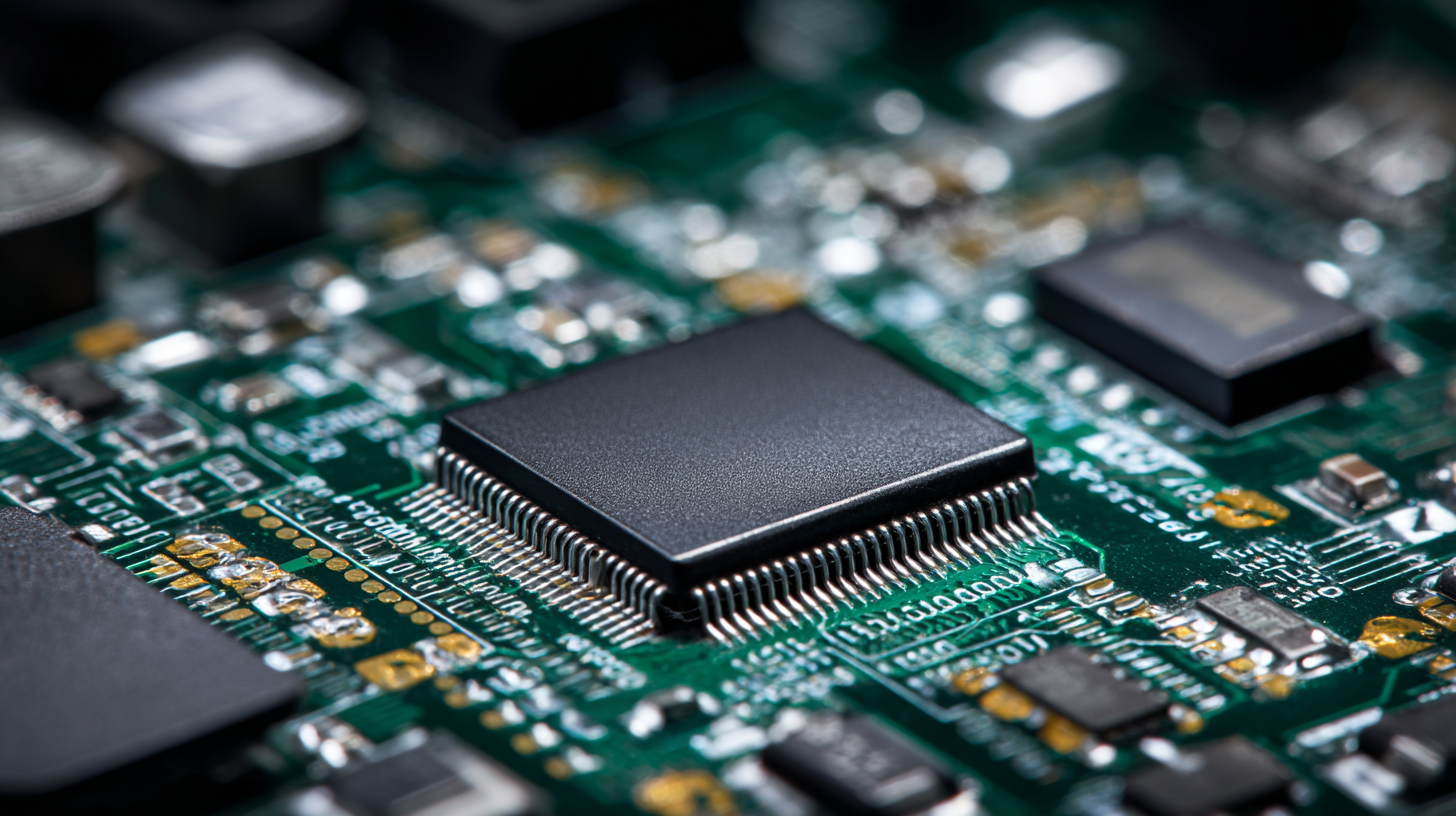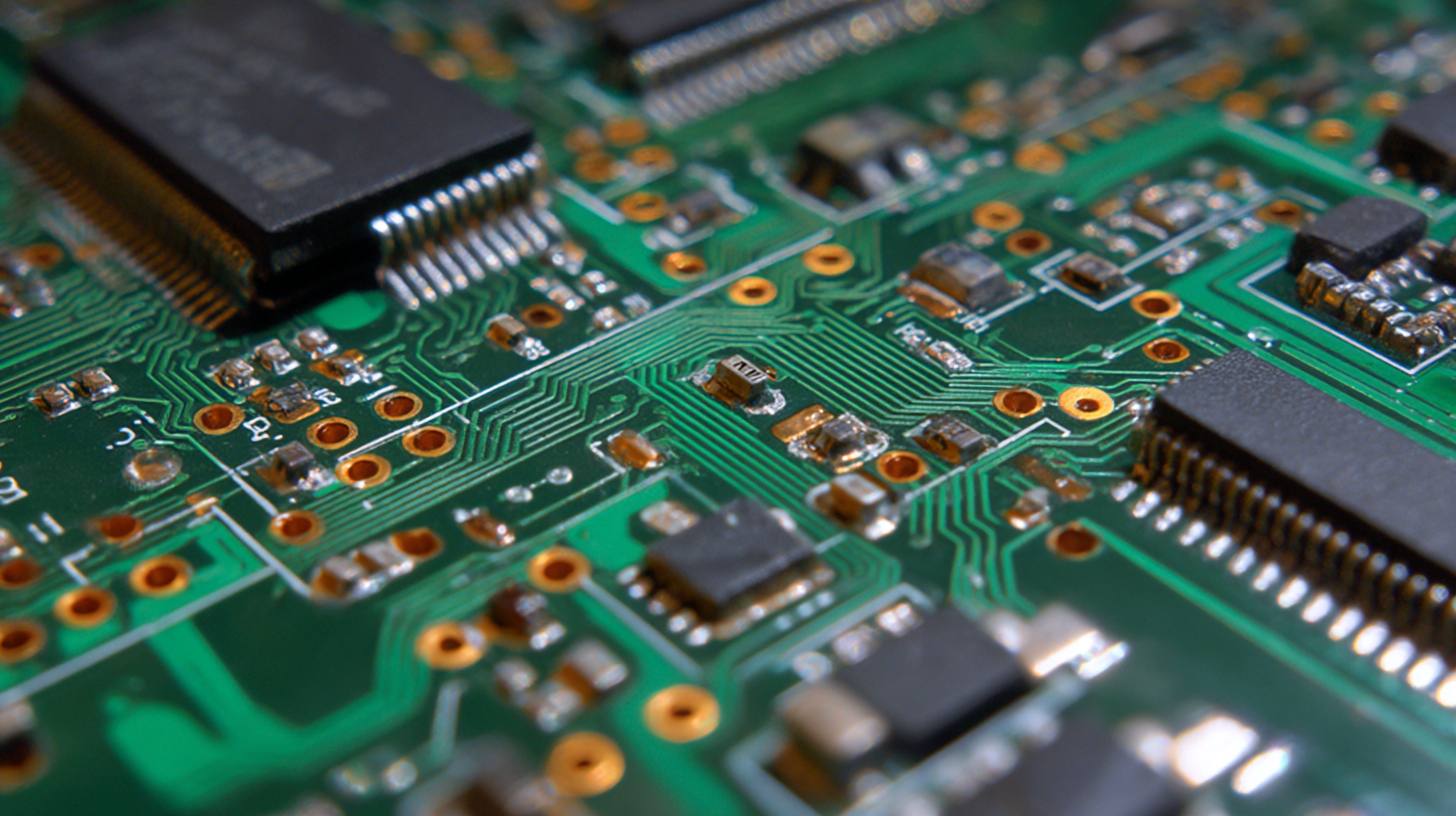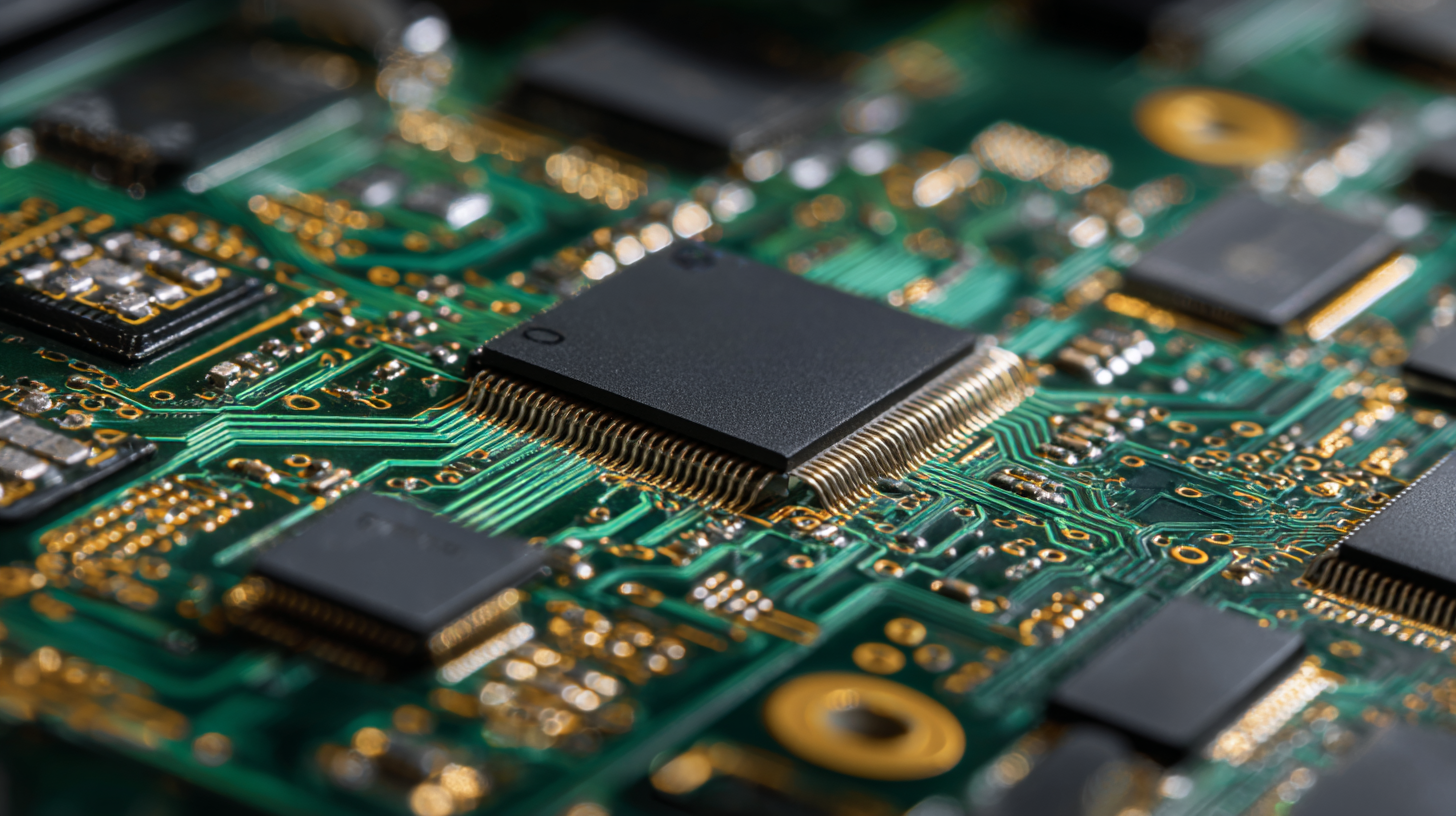WORLD electronics offers a complete line of electronic circuit board manufacturing and assembly services, as well as advanced manufacturing services. Our commitment to quality and service is second to no supplier.
Learn MoreOur team of engineers assists you in the development of new designs to optimize quality manufacturability (DFM) and testability, resulting in cost minimization and reduced product development time.
Learn MoreOur flexible manufacturing floor layout and highly trained staff allow for Quick Set-up and Tear Down of small volume prototype runs. This combination grants our customers the benefit of turning new designs quickly and accurately.
Learn MoreWORLD electronics is dedicated to quality. This quality is what underpins our commitment to thorough testing. Our engineers can develop a set of tests that ensure reliability and high performance in all products.
Learn MoreSupply chain management has crossed over from being a narrow management function to being a key operational function.
Learn MoreIn today's rapidly evolving technological landscape, the importance of selecting the right PCB circuit board for your projects cannot be overstated. As we look toward 2025, industry analyses reveal significant trends and shifts that will influence sourcing decisions. This ultimate guide aims to equip engineers and designers with essential insights into the PCB circuit board market, highlighting key factors such as material choices, manufacturing processes, and cost considerations. We'll explore real-world examples to illustrate effective sourcing strategies, ensuring that you can navigate the complexities of the market confidently. Whether you are developing consumer electronics, automotive components, or industrial machinery, understanding the nuances of PCB circuit board sourcing will be vital for staying competitive and innovative in your field.

When embarking on a project that requires printed circuit boards (PCBs), understanding the various types available is crucial for optimal performance and cost-effectiveness. PCBs can be broadly categorized into several types, each serving distinct purposes and applications.
 Rigid PCBs, the most common variety, are made from a solid substrate and are ideal for applications where space and weight are constraints. On the other hand, flexible PCBs offer versatility for complex designs, enabling greater freedom in shaping and fitting into tight spaces, making them perfect for wearables and portable devices.
Rigid PCBs, the most common variety, are made from a solid substrate and are ideal for applications where space and weight are constraints. On the other hand, flexible PCBs offer versatility for complex designs, enabling greater freedom in shaping and fitting into tight spaces, making them perfect for wearables and portable devices.
Moreover, there are also rigid-flex PCBs that combine the benefits of both rigid and flexible circuits, providing durability along with adaptability in design. For high-frequency applications such as telecommunications, RF PCBs are specially designed to minimize signal loss and ensure reliable performance. Meanwhile, multilayer PCBs allow for more complex circuitry without increasing the board size. By understanding the unique characteristics and applications of each PCB type, you can make informed decisions that align with your project requirements, ultimately improving efficiency and innovation in your designs.
When sourcing PCB circuit boards for your projects, selecting the right one hinges on three key factors: performance, cost, and reliability. Performance plays a critical role, especially for applications requiring high-speed signal transmission or specific thermal management. Understanding the specifications and capabilities of different PCB materials and designs will help ensure your board meets the required speed and functionality.
Cost is always a consideration in project management. However, it's essential to strike a balance between price and quality. Opting for the cheapest option can often lead to compromised performance or reliability issues. Always compare different suppliers and materials to ensure you're getting not just a good price, but also a board that will serve your project well.
Reliability is paramount in any electronic application. Look for PCBs that are tested and certified according to the standards relevant to your industry. This ensures that they can withstand environmental stresses and meet longevity expectations. When evaluating potential suppliers, ask for evidence of their quality control processes.
Tip: Always request samples before making bulk orders. This allows you to test performance and reliability first-hand, ensuring that you’re making an informed decision for your project.
Tip: Keep an eye on the latest PCB technologies and trends. Innovations can lead to better performance and cost savings in your projects. Staying informed will enhance your sourcing strategy.
When sourcing high-quality PCB manufacturers, it's essential to adhere to best practices that ensure your project's success. According to the IPC-NC-1481 report, an estimated 30% of PCB failures can be traced back to poor manufacturing quality. To mitigate this risk, start by assessing potential manufacturers' certifications, such as ISO 9001, which indicates a commitment to quality management systems. A reputable manufacturer should also comply with IPC standards, which guarantee consistent quality and performance.

Another critical factor is to evaluate the manufacturer's experience in your specific application area. Research shows that PCB manufacturers with at least ten years of industry experience are 40% more likely to deliver defect-free products, as highlighted in the 2021 SMTA Manufacturing Performance Report. Requesting samples and feedback from past clients can further validate the manufacturer’s capabilities. Additionally, transparency in communication concerning their production processes and timelines can enhance collaboration, ensuring that the PCBs meet your project's requirements efficiently.
When sourcing the best PCB circuit boards for your projects, evaluating PCB design and prototyping services is crucial. The right partner can significantly impact your project’s efficiency and success. Start by assessing their expertise in the specific type of PCB you require. Look for companies that provide detailed case studies or portfolios showcasing their capabilities. A well-rounded provider will not only have experience in design but also in evolving prototyping techniques to keep pace with industry standards.
Tip: Always check if the service allows for custom design modifications. Flexibility can save you from costly mistakes later in the development process.
Communication is another vital factor. A responsive service can provide valuable insights during the design phase, potentially catching issues before they escalate. Ensure that the company values clear, consistent communication throughout the project lifecycle.
Tip: Schedule an initial consultation where you can discuss your project’s needs. This interaction will help gauge not only their technical skills but also their commitment to customer service.
By focusing on expertise and communication, you’ll be well-equipped to choose a PCB design and prototyping service that aligns with your project goals.
This chart displays the evaluation criteria and their average importance score (out of 10) for choosing PCB design and prototyping services.
Navigating the regulatory landscape in PCB manufacturing is crucial for ensuring compliance and maintaining the integrity of your projects. With evolving standards, particularly in regions like Europe and the United States, manufacturers and project managers must be proactive in understanding these changes. For instance, recent developments in testing standards set by international bodies necessitate that manufacturers enhance their compliance protocols to meet stricter requirements. Staying informed about such regulations is key to avoiding costly penalties and delays.
**Tips:** Keep abreast of the latest changes in regulatory frameworks specific to your region and industry. Regularly consult with compliance experts who can help navigate the complexities. Furthermore, consider investing in training for your team to ensure everyone is up to date on compliance standards and practices.
In addition to regulatory compliance, sourcing the best PCB circuit boards also involves assessing the implications of international trade laws. For example, recent tariffs and trade restrictions can influence your materials' cost and availability. Being aware of foreign entity rules and domestic content compliance will help you align your sourcing strategies effectively.
**Tips:** When selecting suppliers, inquire about their compliance with both domestic and international regulations. Establish relationships with vendors who are transparent about their supply chain practices to mitigate risks associated with compliance issues.